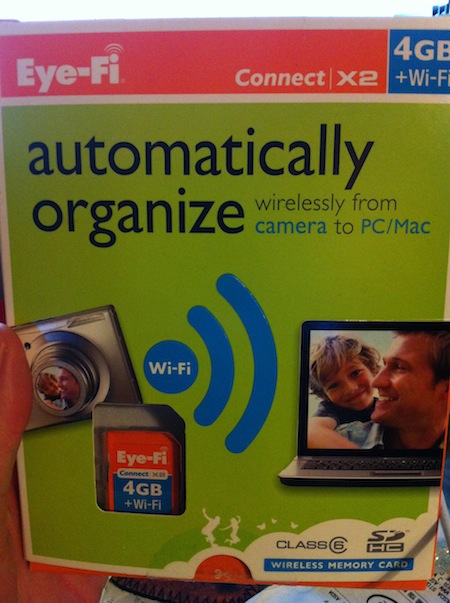This week, I’m going for a short break to Amsterdam, and this should be the ideal opportunity to test a few things. While I was in Rome a few months ago, I had a mild annoyance (and on several holidays prior to that). I was using my proper (not expensive, but better for some tasks than my phone) digital camera. So some photos would be on my phone, but some on my other camera.
What’s wrong with this? Well, I like to blog while I’m away. Given my camera doesn’t have wifi or bluetooth, and my phone doesn’t have any slots for the sort of memory card my camera uses, how do I get the photos off my camera, and onto/through my phone, to upload them? If I had a tablet, I could just take the SD card from one, put into the other, and upload photos. But I don’t. I could take a laptop, but that’s extra weight, something else to lose/get stolen, etc. and my laptop is ancient/slow/rubbish anyway. So before taking a photo, I would have to really think about whether I might want to blog/tweet this later that day, or whether it’ll just go into the abyss of “other photos I took” when I get home. In some cases, I took identical photos on two devices, for this reason.
After a lot of research, and various hacks considered, I plumped for what can only be seen as the sensible option (also the cheapest) – an Eye-fi card.
These are something I’ve only heard about in the last few weeks, and pretty cool I think. For about £30, you get a 4gb SD memory card which as well as being able to store pictures that your camera takes, has a built-in wifi transmitter to send your photos to other devices. Compared to standard SD cards, this is really expensive – but ticks a certain box for me.
With this card, you can open an app on iPhone/Android, and copy files from the card, to your phone – wirelessly. You can also copy files to a PC/Mac if you can’t be bothered to take the card out of one and connect it to the other.
There are numerous complaints and compromises with this, online. There seems to be a variety of different types which do/don’t do different things. Eye-fi tell you to buy your Eye-fi cards in Europe from Sandisk – who repackage them as Sandisk cards (with Eye-fi logos). However, they come in two different speeds, and Sandisk only sell the slower ones. Amazon found me a company selling the US version of Eye-fi, so I bought the faster version one of them.
(The speed thing I found quite confusing. The last time I bought a memory card for my camera was about 5 years ago when I bought the camera. Mine was described as “Extreme 3” whatever the hell that means. Google suggested Extreme 3 was 30mb/sec, but the fastest SD card you can buy at the moment only guaranteed a speed of 10mb/sec. From what I could piece together, and from speaking to Sandisk USA (who sell totally different products to what is sold in the UK, so were helpful, but could only help me so far), it seems my card had a maximum speed of 30mb/sec, and the new cards had a minimum speed of 10mb/sec. They suggested the card I bought originally with my camera was probably about the same as what is now known as “class 6”.)
The card does a whole host of stuff I’ll never use. There’s an option called Endless Memory, which means when the card starts to run out of space, as long as you’ve transferred files off of the card onto another device, it deletes them from the card to make room for you to take more pictures. Some may find this useful, but as I’m only transferring the odd photo to my phone for blogging, it isn’t something I’ll use.
Some of the complaints online relate to copying raw files off, or the speed at which it copies images off. Frankly the ability to copy a .jpeg image off my camera onto my phone in 30 seconds is a million times better than having to get home to take the card out and transfer it via a cable (which would be my only other option at the moment), and I can’t afford a new camera with wifi at the moment.
It also works in multiple modes. It can transfer all images off of it instantly when in range of your home wifi if you like, which is probably useful if you often forget to copy the photos off, and your camera is ALWAYS full when you go to take pictures. The more useful option for me is the direct wifi connection. This is where you can be somewhere else (in Amsterdam, for example), and it creates its own wifi network, that you can connect to with your phone. While I had wondered if this might be as simple as installing a mobile app, and changing a couple of settings on the software (or flicking a physical switch on the memory card), it isn’t. I figured it out, but this product will stay niche, while the software is so muddly and instructions so piecemeal (unsigned network profiles, anyone? It’s not easy enough for the majority of users).
I’m also taking my wireless bluetooth keyboard on this trip. I can take pictures (or video, theoretically) with my proper camera, copy them to my phone over wifi, resize them, and type up a blog post with a proper keyboard. Free hotel wifi, here I come.
